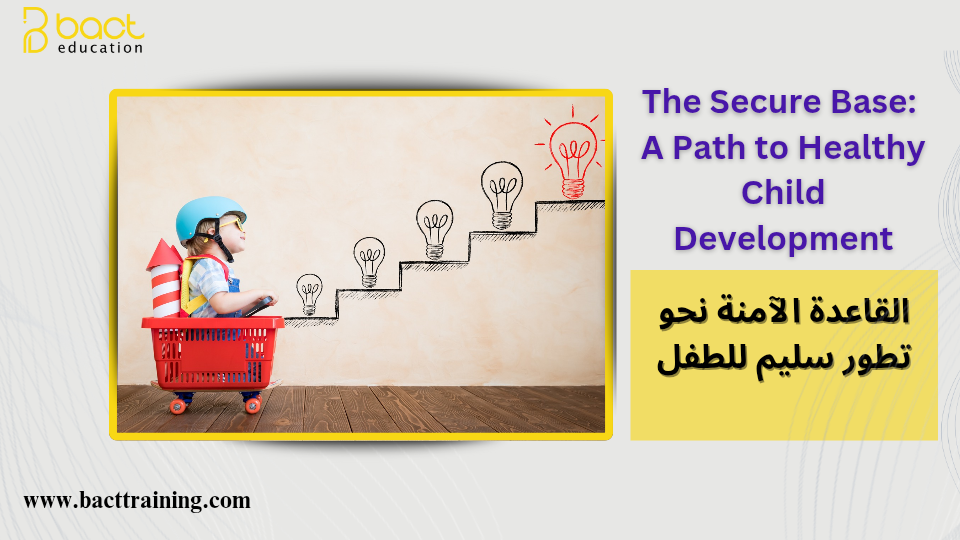The Secure Base: A Path to Healthy Child Development
Attachment: The Foundation of Emotional Bonds
Attachment is a strong emotional bond between two individuals. During childhood, this bond is most commonly formed with a primary caregiver, usually the mother. Studies indicate that approximately 90% of children form their first attachment with their mothers, as the first message a newborn receives upon entering the world is that their mother’s embrace is safe and trustworthy.
As children grow, they begin to form attachments with other individuals, such as grandparents or other caregivers.
How Does Attachment Affect Us?
Attachment plays a crucial role in shaping brain development. Humans are wired to form attachments with their caregivers, regardless of the quality of care they receive. However, when a child experiences trauma or neglect, it can negatively impact their well-being and healthy development.
Children who develop insecure attachment styles are at a higher risk of experiencing mental health challenges later in life compared to those who develop secure attachments. Securely attached children tend to feel more comfortable with their friends, whereas children with insecure attachment styles may struggle with their emotions and behaviors. Adolescents with a secure attachment are less likely to experience emotional difficulties, while those with insecure attachment often face ongoing emotional struggles, which can persist into adulthood.
What Is a Secure Base?
Parents and caregivers provide a “secure base” for a child—a safe and dependable point of reference they can return to in times of distress for comfort and protection.
When children feel secure, they can explore the world around them, knowing that their secure base is always there to dry their tears, hold them, or catch them if they fall.
A child’s secure base should not only be a place of comfort during difficult times but also a source of joy and encouragement. For example, when a child is playing at the park, they might occasionally glance back to ensure their parent or caregiver is still present. Feeling reassured, they continue playing with confidence and security.
When the secure base is strong and reliable, a child is more likely to develop a secure attachment with their caregiver.
The Benefits of Secure Attachment:
Decades of research and scientific studies have shown that children with secure attachments tend to excel in various areas, including:
Problem-solving skills
Emotional intelligence
School readiness, demonstrated through:
Executive functioning (cognitive skills used to assess and regulate thoughts and actions)
Pro-social behaviors such as empathy, kindness, cooperation, and willingness to help others
Building high-quality friendships
A secure attachment lays the foundation for a child’s physical development, learning abilities, social relationships (such as empathy), well-being, and even their brain’s response to stress.
Providing a strong and reliable secure base in a vast and sometimes overwhelming world helps children grow into happy, healthy individuals.
Practical Steps to Foster a Secure Attachment with Your Child
-
Breastfeeding – A valuable opportunity for physical, verbal, and eye contact with the child, fostering a sense of security. Breastfeeding is a primary source of comfort and attachment.
-
Emotional Synchronization – A mother should mirror her child’s emotions. When the child is happy or excited, she responds with smiles or playful interactions. When the child is distressed, she provides comfort through soothing gestures or physical closeness.
-
Eye Contact – Engaging in eye contact while talking to or feeding the child reinforces feelings of safety and attention.
-
Talking to the Child from Birth – Using a warm, playful, and calm voice during daily routines (such as changing clothes, feeding, or bathing) strengthens the attachment bond.
-
Maximizing Interaction Time – Spending as much time as possible engaging with the child through carrying, cuddling, singing, and other bonding activities strengthens the attachment relationship.
-
Creating a Nurturing Family Environment – A home filled with love, security, and compassion helps a child feel safe. This environment also provides opportunities for healthy emotional and social development.

